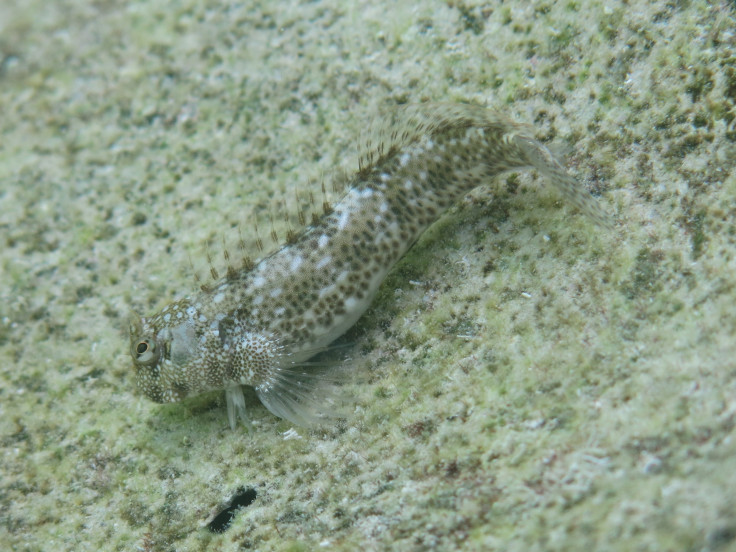Can You See Evolution? These Fish Are Jumping Onto Land Like They Did Millions Of Years Ago

If you studied evolution in school, you probably remember that chart that showed fish living in the water and then moving onto land. Watching the blenny species of fish is like seeing evolution happen.
Fish are supposed to live in the water; it’s one of their defining characteristics. But in the case of the blenny, evolution has allowed it to also survive on land — in fact, the fish might not be able to survive without it.
A study in The American Naturalist describes how four separate species of blenny on the South Pacific island Rarotonga “appear to be in the process of colonizing land.” Predators are what’s driving them up into dryness, with the fish leaping onto land to avoid bigger fish that invade their territory during high tide.
“Life is less hostile on the rocks, with birds their main worry,” first author Terry Ord said in a statement from the University of New South Wales. Their predators in the water, meanwhile, are more numerous and can include flounder and eels, among others.
Read: These Two Extinct Reptiles Are Actually the Same Thing
The study shows a leap in fish evolution that is reminiscent of the evolution of humans — millions of years ago, fish moved onto land and eventually developed into various creatures, including mammals.
That may sound like a one-of-a-kind event, but it may be more common than we previously believed, between the discovery of blennies jumping onto dry land and previous research from the UNSW that suggests multiple species of fish have been able to do this.
So why do the scientists’ blenny observations matter? “Avoiding predators might be an explanation of why some animals move from their ancestral homes into starkly different environments, but evidence for this is rare because it is difficult to collect,” Ord said.
UNSW, which worked with Australian National University on the project, noted that in other cases fish may turn to land for more food or to “escape adverse fluctuations in water conditions.”
See also:
The Devastating Way Woolly Mammoths Went Extinct
DNA Links Aboriginal People to Australia for Last 50,000 Years
© Copyright IBTimes 2024. All rights reserved.





















